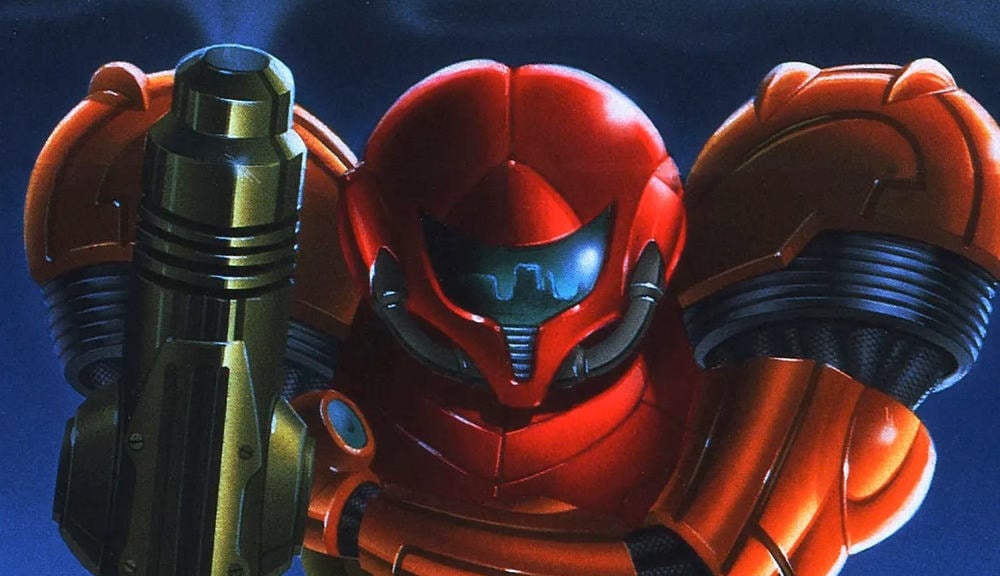Usually the progenitors of a genre are more important than they are playable. The rudimentary engines, while innovative, aren’t fleshed out enough to warrant anything more than a cursory glance and a tip of the hat. Metroid, however, stands the test of time. The barn-burner of an opening entry in the exploration platformer genre (still referred to as Metroidvania by most) is as satisfying – and frustrating – today as it was upon release. This initial quality is somehow maintained throughout the series making it one of the most consistent franchises in gaming history. With the promised return of the mighty Metroid Prime coming sooner than later, its only fitting that all eyes are back on the legendary series.
Metroid (1986)
- Released for NES
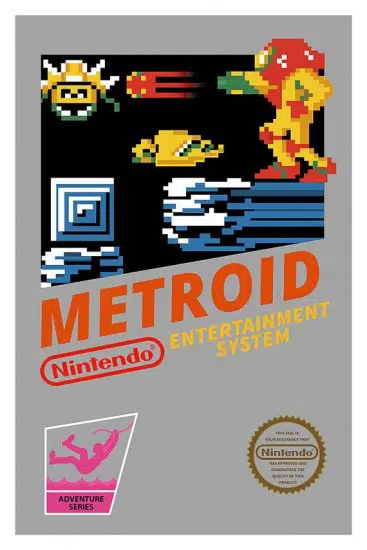
Metroid introduced players to Samus Aran, a silent but determined bounty hunter. This groundbreaking game laid the foundation for the series by emphasizing exploration and discovery as players navigated the eerie depths of planet Zebes. Notably, the developers concealed Samus’s gender until the game’s conclusion, a groundbreaking twist in video game storytelling. The game’s non-linear design and atmospheric music created a sense of isolation, setting it apart from other titles of the era.
Metroid II: Return of Samus (1991)
- Released for GameBoy

Metroid II: Return of Samus continues Samus’s adventures, this time on Nintendo’s legendary green-and-darker-green handheld system. Samus’s mission was clear: exterminate the Metroid species on their home planet, SR388. Despite hardware limitations, the game maintained the series’ trademark isolation and exploration elements. It expanded the lore by delving into the Metroid life cycle, introducing the concept of Metroid evolution.
Super Metroid (1994)
- Released for SNES
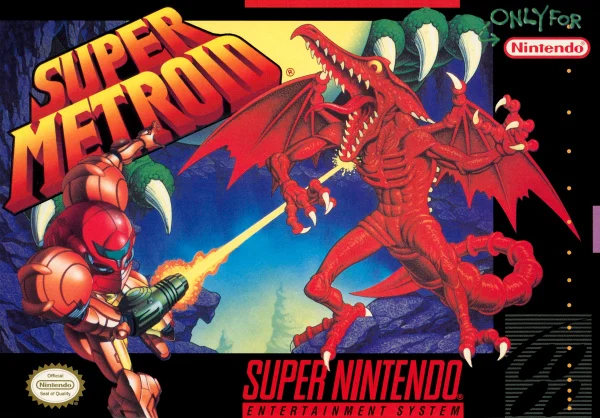
Super Metroid is hailed as one of the greatest games of all time for a reason. This 1994 masterpiece brought Samus back to Zebes to rescue the last Metroid from the clutches of Ridley and the Space Pirates. It’s revered for its stunning visuals, atmospheric exploration, and intense boss battles. Super Metroid set a new standard for the franchise, combining narrative minimalism, intense boss battles, and an emotional punch that still resonates. It elevated the entire industry, showcasing the power of storytelling through gameplay. Gameplay addicting enough that 30 years later its one of the most popular active speed-running categories.
Also, always save the animals.
Metroid Fusion (2002)
- Released for GameBoy Advanced
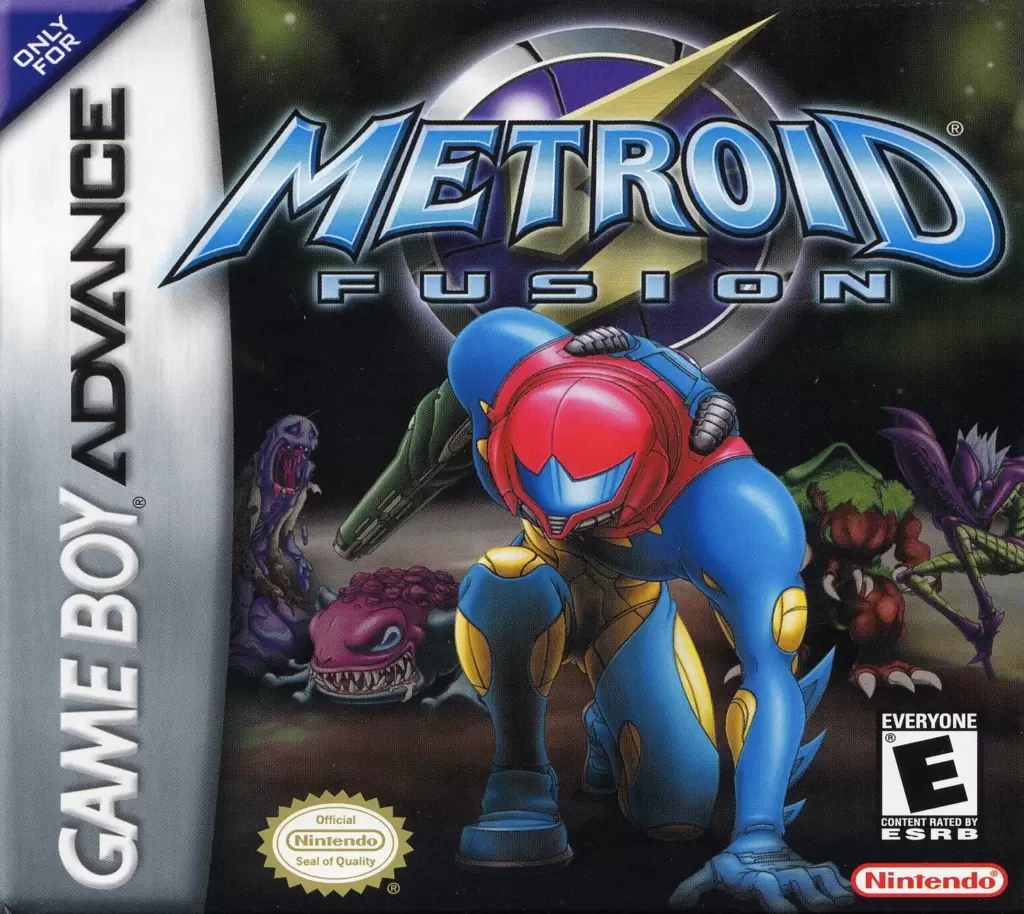
Metroid Fusion continues Samus’s journey with a gripping narrative twist. After contracting a parasitic organism, Samus faces a race against time. The game refined the Metroidvania formula, blending suspenseful storytelling with deep exploration. It introduced the SA-X, a terrifying doppelgänger of Samus, adding even further layers of tension. Its new objective-based structure manages to still preserve the open-world feel of the franchise while guiding the player down a new narrative path.
Metroid Prime (2002)
- Released for GameCube
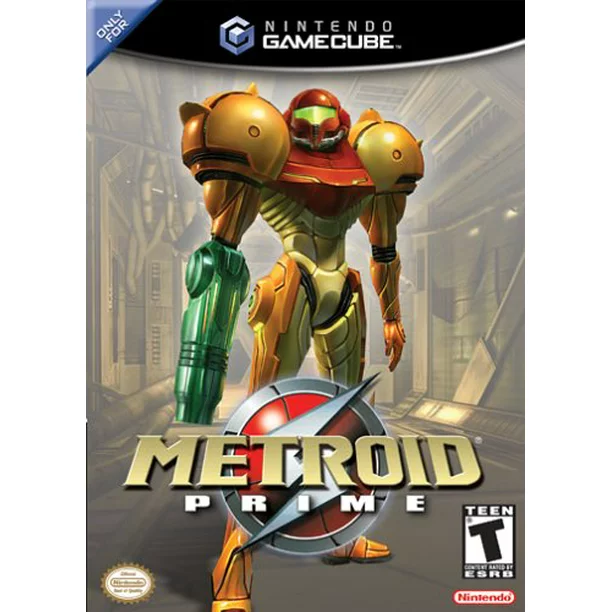
Change can be terrifying but ultimately the right decision. Metroid Prime marks Samus’s triumphant transition to 3D. Developed by Retro Studios, it takes the bold jump from the side-scrolling adventures of the pas and into an immersive first-person perspective. Exploring the mysterious planet Tallon IV, Samus battles Space Pirates and unearthed ancient Chozo lore. The game’s visor system provided real-time information and added depth to exploration. Its atmospheric world, intricate lore, and menacing bosses received critical acclaim.
Metroid: Zero Mission (2004)
- Released for GameBoy Advanced
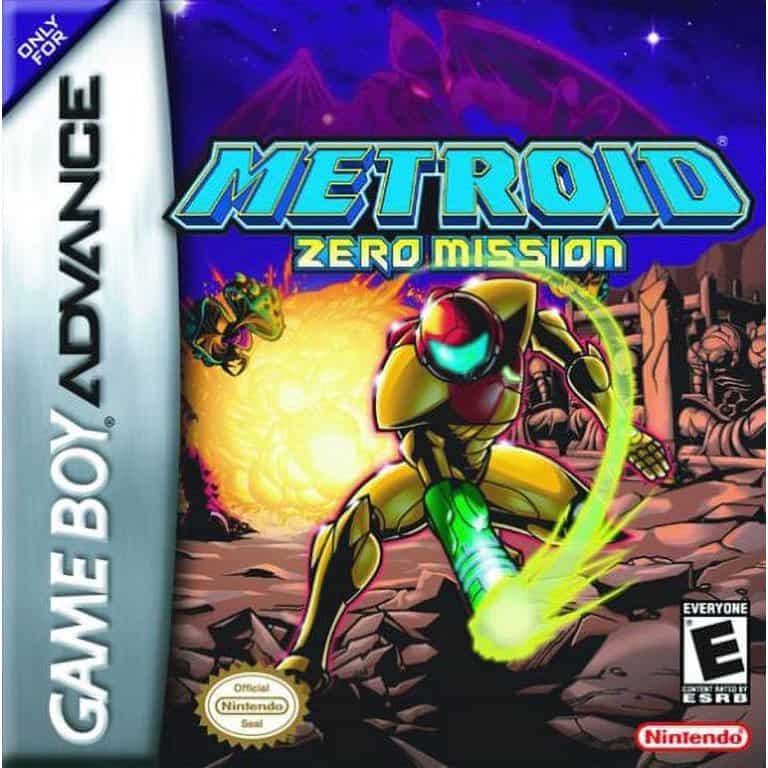
Metroid: Zero Mission revisits the original NES classic, enhancing it with modern gameplay and storytelling elements. The game provides a deeper look into Samus’s early years, showcasing her resourcefulness and resilience. New areas, abilities, and bosses expand the original’s scope while maintaining its spirit. This reimagining introduced players to the series’ foundational events while offering a fresh, immersive experience to longtime fans.
Metroid Prime 2: Echoes (2004)
- Released for GameCube

Metroid Prime 2: Echoes transports Samus to the enigmatic planet Aether, where dimensions clashed. The game’s intricate world design encouraged exploration between parallel dimensions. It built upon the series’ lore, exploring the aftermath of the Chozo’s war with the Ing. This installment introduced a new antagonist, Dark Samus and focuses on the idea of self reflection – metaphorically and very literally. While retaining the core Prime experience, its graphical upgrades and new multiplayer modes gave the title its own voice in the series.
Metroid Prime: Pinball (2005)
- Released for Nintendo DS

While one of the best pinball games ever released, Metroid Prime: Pinball is…well…it’s just a Metroid themed pinball game.
Metroid Prime Hunters (2006)
- Released for Nintendo DS

Metroid Prime Hunters brings fast-paced, first-person action to the Nintendo DS and a newfound focus on modern shooter mechanics to the franchise. Samus encounters rival bounty hunters competing for powerful artifacts. Each hunter possesses thier own unique abilities and weapons. The single-player mode offers bite-sized missions for on-the-go gaming, while the multiplayer component helps showcase the hardware’s capabilities.
Metroid Prime 3: Corruption (2006)
- Released for Wii

The gripping finale of the Prime trilogy revolves around Samus’s battle with Phazon corruption. Metroid Prime 3: Corruption isn’t just a fight for the galaxy; it’s a personal struggle against an insidious infection. The slick graphics, continual innovations in gameplay, and improved sound design continue the franchise’s drive to push new hardware to its limits. Leveraging the Wii’s motion controls, the game introduces more intuitive aiming and interaction, further drawing players into Samus’s world.
Metroid: Other M (2010)
- Released for Wii
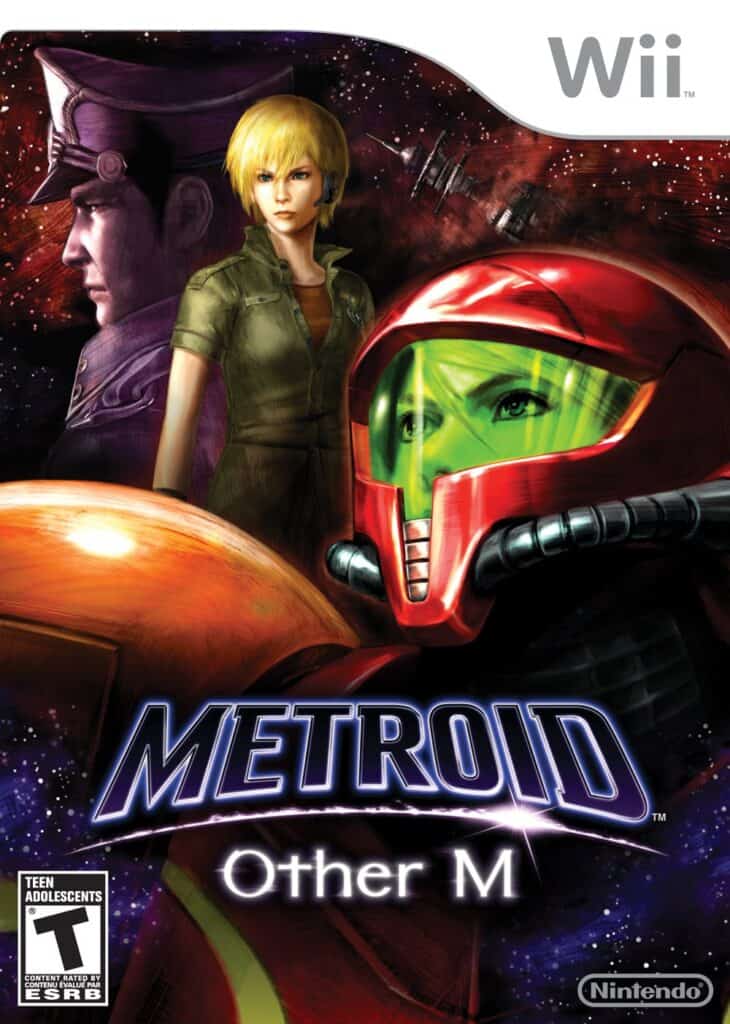
In a unique collaboration with Team Ninja, the follow-up to the neigh untouchable Metroid Prime trilogy offers a hybrid gameplay style that shifts between first and third person. The perspective also changes in the approach to story-telling. Gone is the show-don’t-tell nature of the early titles in favor of a hand-holding deep-dive into Samus’s past. This focus on a character-driven narrative is seen as one of the few missteps in the series. Even in the more story-heavy games, the developers were able to strike a nice balance between exposition and exploration. While still a worthwhile playthrough, Metroid: Other M can’t seem to shake the stigma of wasted potential.
Metroid Prime: Federation Force (2016)
- Released for Nintendo 3DS

A spin-off focusing on the Galactic Federation’s soldiers rather than Samus, Metroid Prime: Federation Force falls closer to a sequel to Metroid Prime Hunters than anything in the main continuity. This title’s lack of Samus, awkward team-based mechanics, and chibi art style graphics proved to be a step too far in the wrong direction. Even in the face of some fairly fun and thoughtful inclusions – the Blast Ball mode being a positive – Metroid Prime: Federation Fusion managed to squander the good faith that fans held.
Metroid: Samus Returns (2017)
- Released for Nintendo 3DS
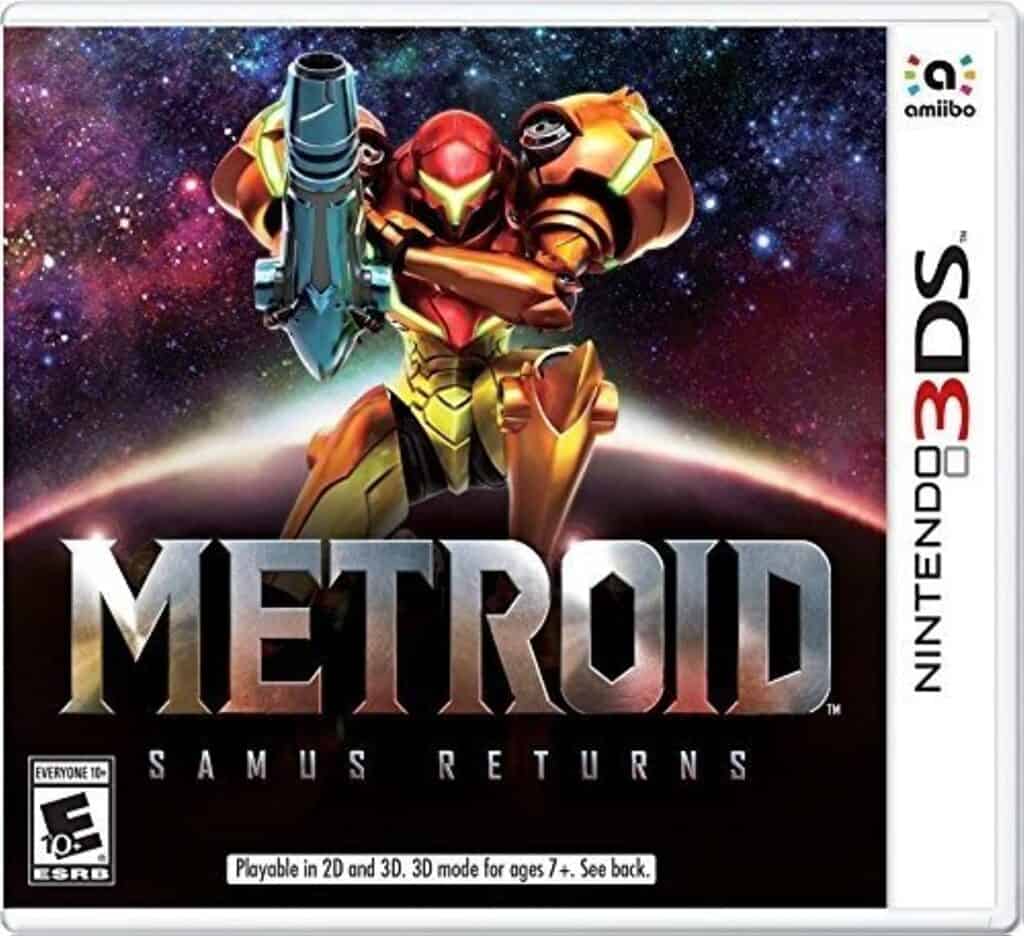
A reimagining of Metroid II: Return of Samus, the revisit to the surface offers a blend of the old and the new. While the core narrative remains, the modern enhancements — from revamped controls to updated graphics — make it feel entirely contemporary. Responsive controls, the best soundtrack of the series since Metroid Prime, and an impressive array of graphic ingenuity set this next-gen remaster ahead of the retro-gone-modern pack.
Metroid Dread (2021)
- Released for Switch
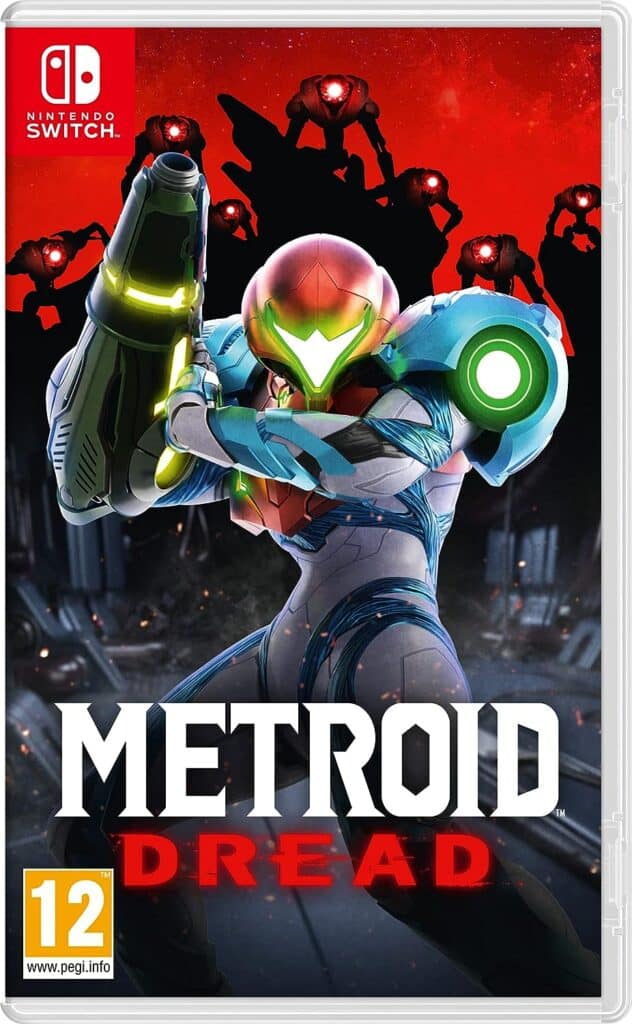
Reintroducing the beloved side-scrolling format after a long hiatus, Metroid Dread marked Samus Aran’s intense venture on the mysterious planet, ZDR. A culmination of years of lore and gameplay evolution, the title blended suspenseful stealth sequences with the series’ signature exploration and combat. Set after the events of Metroid Fusion, the game showcased a relentless, new robotic threat—the E.M.M.I. These formidable pursuers enhanced the game’s horror elements, with their unyielding chases echoing shades of classic survival horror titles. Vibrant visuals, tight controls, and an atmospheric score made Metroid: Dread feel both fresh and nostalgic, embracing new technology while paying homage to what fans cherished about the series.
Yet, despite its many triumphs, Metroid Dread wasn’t without its criticisms. Some players pointed to sequences where the game’s difficulty seemed unexpectedly punishing, leading to moments of frustration rather than exhilaration. Alright fine, those “some players” were me and the “moments of frustration” were the E.M.M.I. encounters.
Metroic Prime: Remastered (2023)
- Released for Switch
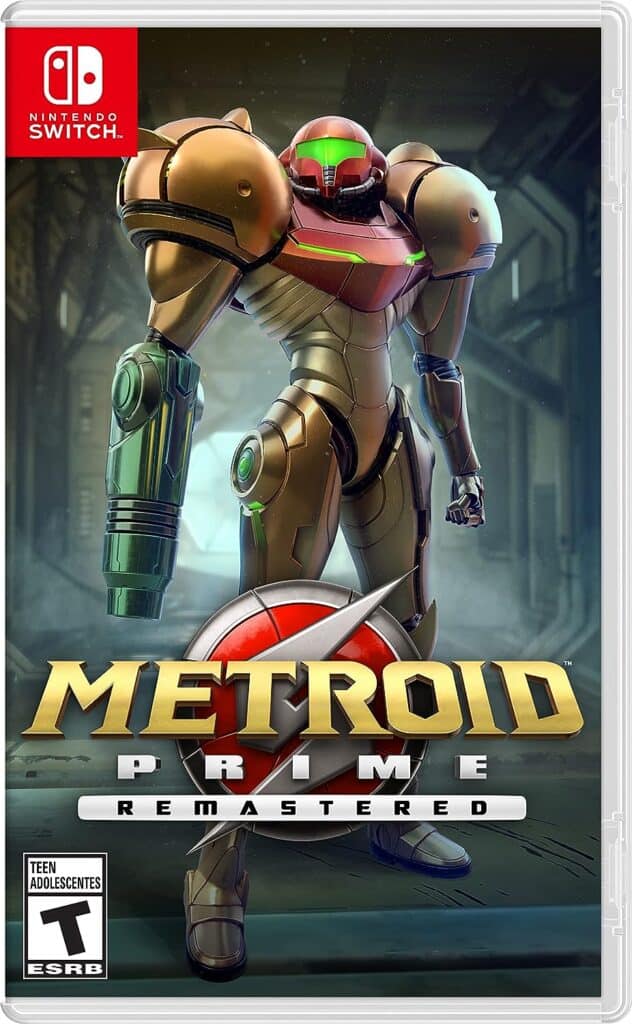
Metroid Prime: Remastered sees Nintendo reaching for the stars, gathering as many as their greedy hands can carry, and converting them into code. This polished version showcased the world of Tallon IV in a light previously unseen, boasting remarkable graphics and meticulously detailed environments. What made it even more impressive was the overhauled control system, giving players an enhanced, fluid gaming experience that paid homage to the original while integrating modern mechanics.
Delving into Metroid Prime: Remastered felt like a nostalgic trip with a fresh perspective. Nintendo ensured that the essence of the original game remained untouched, all the while adding invaluable quality-of-life updates that significantly improved the gameplay experience. Realistically, the shadow of the original game looms large enough that anything less than perfection would be seen as an affront to the fan base. Thankfully, this remaster may just be perfect.
